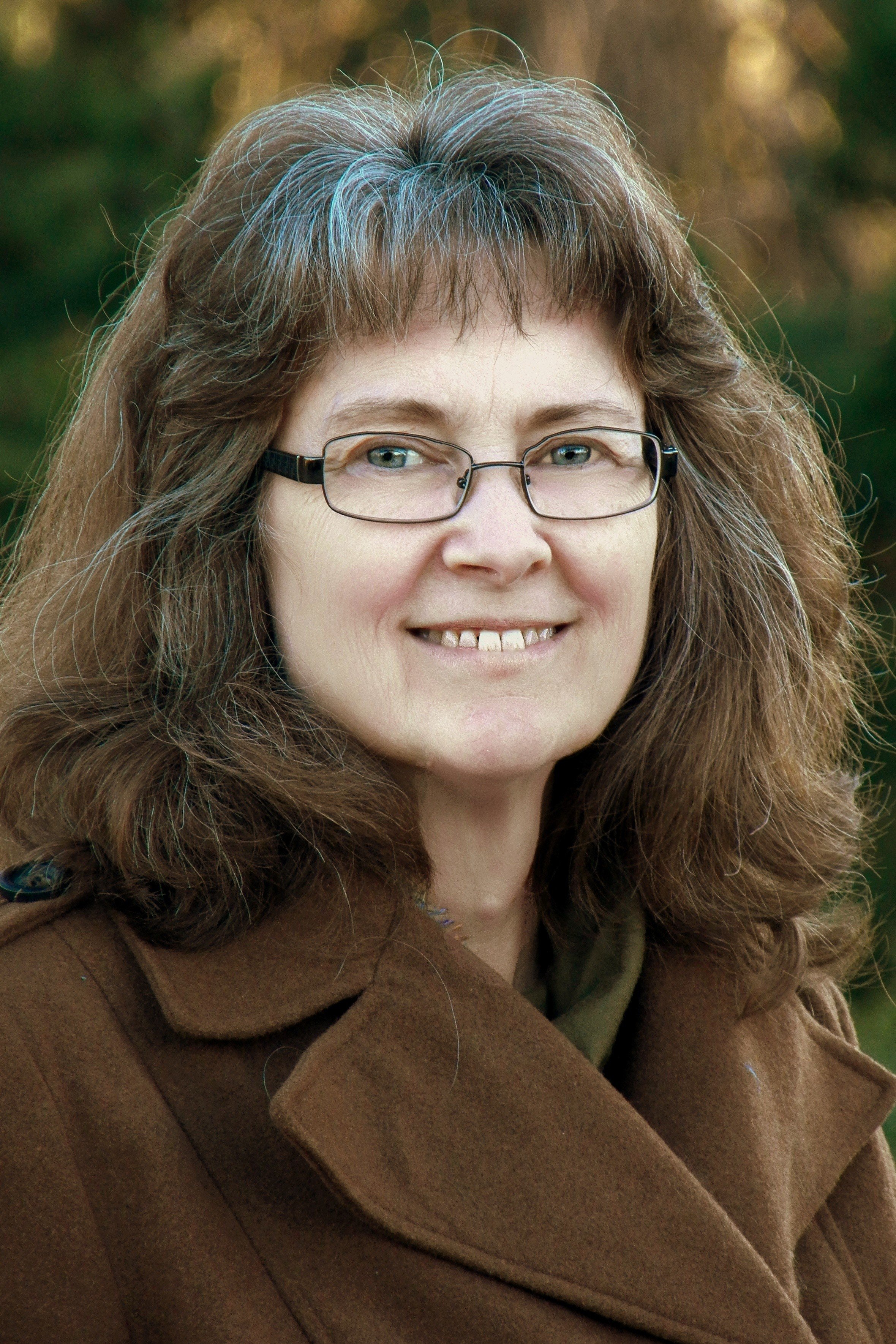
Debra Black considers how an intentionally lived faith builds a spiritual community of believers in the world.
In his talk “Holiness is Not What We Think It Is,” Father Dave Callaghan humorously pointed out that no one wakes up in the morning and says, “I think I’ll do something really stupid today!” We all make decisions that lead to a destination, an end goal. And we think we are making smart decisions. By God’s grace, our will weakens enough that we unwittingly start to follow His. And eventually the desire for Him (already created within us) is finally allowed to take root and sprout.
With all good intentions we seek the path to sanctity, doing whatever we can to fit it into the day: fasting, Rosaries, novenas, good deeds to others. But the path to sanctity isn’t in the doing. It is in surrendering to God. It is out of surrender that the doing comes.

Living Intentionally
It may seem that the only way to become a saint is to withdraw from the world entirely. However, Saint Teresa of Avila warns against of the desire to live in solitude so as to avoid our own weakness:
A person always alone, however holy he may think himself to be, does not know whether he possesses patience and humility, and has no means of learning. (Foundations, Ch. 5, para. 16)
Meanwhile, explaining that we are not to withdraw from the world but, rather, live in it differently, Archbishop Chaput says:
We Christians need to find better ways to build intentional communities of faith and separate ourselves mentally from the bad things in our culture. (Archbishop Chaput)
As Catholics we have a rich history of living in the world but not of it, a history that is not limited to just the saints. In past centuries, when faced with increasing turbulent hedonism or violence, people turned to lives of prayer. They flocked to religious communities, vocations flourished, and abbeys bulged at the seams. They also lived in the world but near abbeys, forming more of their daily life around the rhythm of the prayer. Or they continued to live in the world, but with their home as their monastery in sincere effort to live in God’s ways. And we saw entire families of saints rise up.
Saint Stephen of Hungary gives us example of living which attracted the God-minded, having married Saint Gisela, who was sister of Saint Henry II, fathered Saint Emeric, and enlisted saints as advisors and tutors. By today’s definition, that would be called being an "intentional" Catholic! We also have Saint Thérèse’s parents and members of other holy families to look to for examples. Not to be overlooked, of course, are those who singularly mentor us in a life of surrender to God (Saint Mary Magdalene), to grace (Saint Anne) and to obedience (Saint Ignatius).
For those with a vocation to the priesthood or religious life, this intentional living may involve joining a spiritual family such as the diocesan brotherhood of priests or living within the walls of a religious community. It could also be laity living in the same neighborhood with other intentional Catholics, creating spiritual cells in the world. But for most of us, God calls us to be community and family within our current homes and life circumstances.
What set the holy ones apart, and can us as well, is their authenticity of surrender to God. In the not-too-distant past, people could recognize a Catholic not by the clothes or crucifixes worn but by how they think, shown by how they speak and act. A Catholic mind is formed by God and so holds no duplicity.

Being Catholic
Perhaps if your daily examen prayer has become rote and you don’t seem to see God’s presence in your day, ask Him to show you how you might have been Him to others ... could they recognize you as Catholic not by a label (such as pro-life or pro-marriage) but, rather, simply by your way of being?
Share your thoughts with the Catholic Mom community! You'll find the comment box below the author's bio and list of recommended articles.
Copyright 2025 Debra Black
Images: Canva
About the Author

Debra Black
Debra Black is a spiritual director, perpetual member of the Fellowship of Catholic Scholars, international educator, and businesswoman. Her public service roles have spanned city commissioner, pregnancy clinic board of directors, youth and college ministry, public citizen activism, and homeless street ministry. Her writings can be found at TheFaceOfGraceProject.com, including her latest books, The Life Confession: A Discovery of God’s Mercy and Love and Kick Butt: The Quick Guide to Spiritual Warfare.


.png?width=1806&height=731&name=CatholicMom_hcfm_logo1_pos_871c_2728c%20(002).png)
Comments